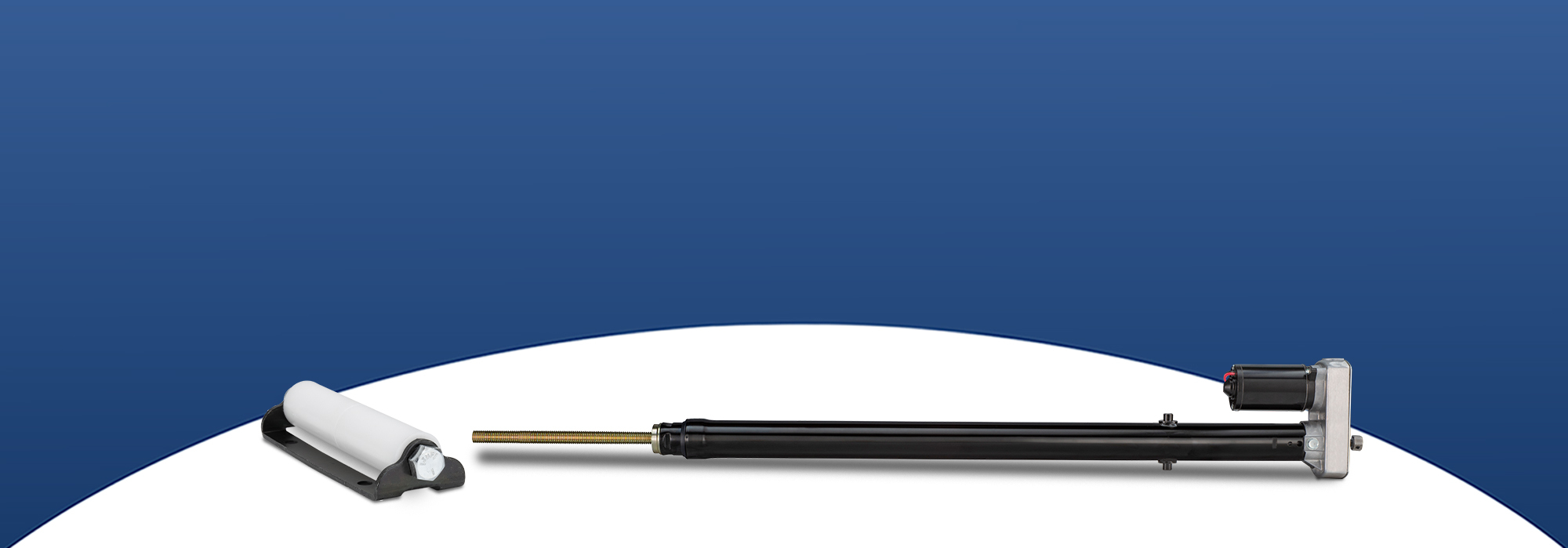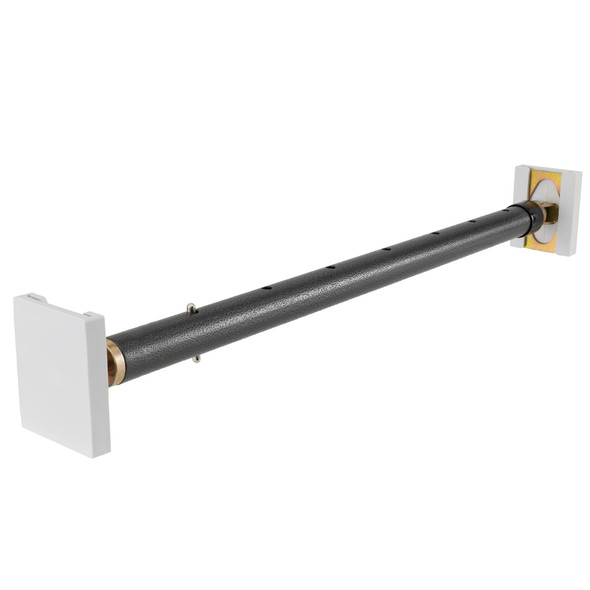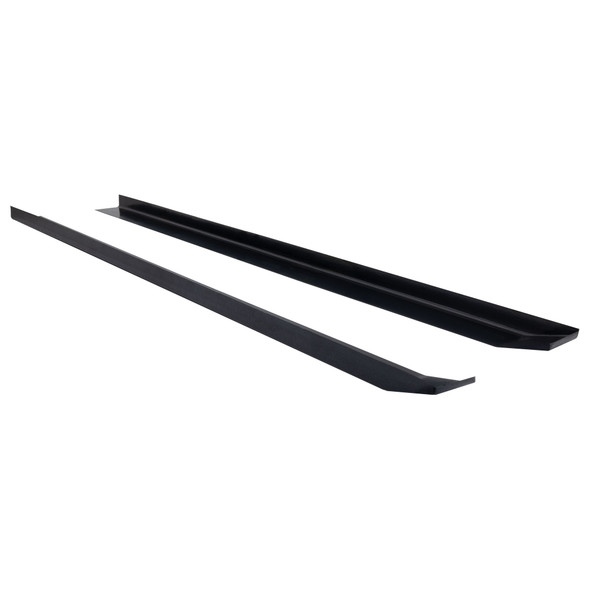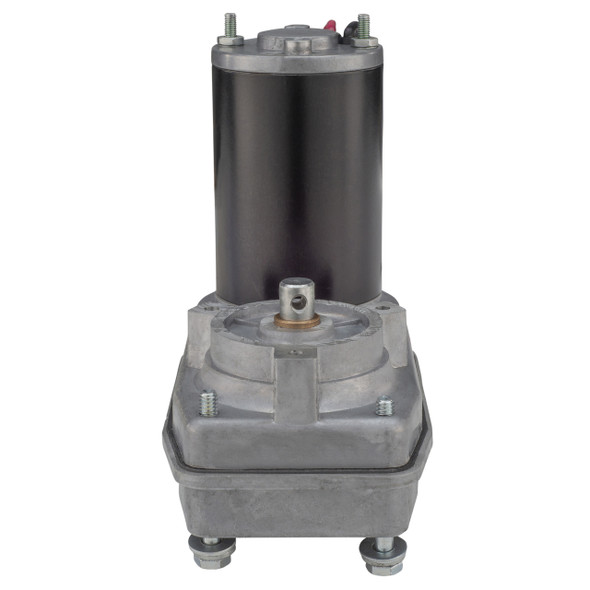RVs are known for their tighter spaces, but with slide outs, you can expand the area inside of your rig while being able to tuck that extra space away while you're on the road. This extra space can create a better, more "home like" experience, saving you frustration and space. The benefits of a slide out are pretty obvious: extra living, storage, and relaxing space in your RV.
This extra space really makes a difference between just living in your RV and living comfortably, which is why so many people choose to include one in their rig. But past the obvious benefits, there are several things that you'll need to know about before jumping into the RV slide.
Slide Out Mechanics Basics
Slide outs work through the slide out mechanism, which pushes the slide out and pulls it back in. There are three types of RV slide out mechanisms: electric, hydraulic, and tip out. The tip out slide has a hinge at the bottom that manually "tips" the slide out. While this is the more simple type of slide, it is generally only used on older models.
The newer models are more likely to use either an electric slide out or a hydraulic slide out. An electric slide has an electric motor that can be used with a flip of a switch. While the most common type of slide out, they are generally used with lighter, smaller slides. They are very effective in working the slide out as long as they are not overloaded. A hydraulic slide uses a hydraulic pump to work the slide out. Generally found in larger RVs and motorhomes, a hydraulic slide out is more complex than an electric slide, using one motor or pump for multiple slides and generating more pushing power.
Another thing that adding a slide out to your rig can change is how you stabilize and level your RV. When you level your RV with slide outs, the rule of thumb is to level your RV before extending the slide out. This helps to reduce the strain on both the leveling system and the slide out system. While it may be tempting to extend your slide out before leveling your RV, this can damage either system, putting more force and strain on both. Once your RV slide is extended and leveled, you may be thinking about using a slide out stabilizer.
While it may seem like a good idea, it is best not to use one unless you intend to be spending a good long time at your location. While stabilizers are specifically designed to bear the weight of the slide out, the things inside of your slide out, and anyone who might be moving around in the slide out, they can cause damage if the slide moves or is on uneven ground. Because of this, many people agree that it is best to only use the stabilizer if you notice your slide out sagging.
Buying A Slide Out
When thinking about including a slide out with your new RV, it's best to consider individual needs. While having extra space is always nice, it's important to consider whether this will outweigh the extra cost and effort. Including a slide in your RV is something that adds so many new options to your RV lifestyle, which works great for so many people. There are a few specific things, though, that can make a big difference in this decision. How often do you use your RV? If you only use it for the occasional summer vacation, then you might want to consider a simpler model.
If you use your trailer for hunting or fishing seasons, if you love to travel and camp often, or if you are a full-time RVer, then including a slide out in your rig can really be a terrific addition. Plus, if you add in a slide out to your RV, then you might be able to go camping more often. How many people are traveling with you? If you have a large family or camp in groups, then the additional space from a slide out can make the space feel less cramped and more comfortable.
Do you like to often move around or do you stay in place for a longer amount of time? If you are constantly moving, then the set up and tear down of a slide can become a little frustrating. If you camp your rig for a longer period of time, then this process is less of a hassle. Finally, are you willing to put in the extra effort to maintain your slide out?
Whether you're doing the maintenance yourself or are sending your rig to the shop, keeping your slide out maintained is essential to having it for a long time. While in many cases, this maintenance isn't a tiresome task, you have to be willing to take care of it if you want your RV slide to last for many years.
Maintenance
The key to a long-lasting slide out is maintenance and the older they get, the more maintenance is needed. With all of the things that slide outs go through, it's easy to see how things can go wrong. They experience the movement of traveling, exposure to the weather, and all of the other various things that go with RVing.
Whether from rain, cold, movement, or something else, these things can snowball, causing more problems if they are not fixed or looked after. Whether you do the maintenance yourself or take your rig to the RV shop, your rig has to be inspected for maintenance at least twice a year. In this maintenance, there are three main parts that need to be looked at: the seals, the roof, and the mechanical parts.
The seals in your RV slide out keep out dirt, debris, insects, and water and they also help keep the temperature in your slide out more stable. These will need to be inspected for signs of excessive wear or damage and will need to be cleaned from time to time to prevent a built-up of dirt and debris along the tracks. If this dirt and debris builds up, it can create problems with the slideout, causing it to malfunction. In addition to this cleaning, the seals will need to be lubricated properly.
he lubrication on your slide outs helps it move easily and the more you use your slide, the more it will need to be lubricated (a minimum of two times a year is recommended). To lubricate them, many professionals suggest a dry lubricant, which can be purchased at many RV stores. To use them, spray them onto the base of the seal, working from the top to around the edges and onto the bottom. Once lubricated, allow the seals to rest for a few minutes before you move the slide out again. Finally, to keep your RV seals from cracking, you can use a slide-out rubber seal conditioner.
The roof of your slide out is often covered with a slide out awning. This helps to catch the dirt, debris, and other materials from building up on the top of your slide out and entering the RV. Just like your regular RV awning, you'll want to clean this off to make sure the leaves, dirt, twigs, and other debris is off of the cover before pulling in the slide.
If there is anything still on the slide out awning, it could become trapped in the slideout track and cause problems. To make sure this doesn't happen, just clean off the top of your slide out awning before rolling the slide out back in. In addition to keeping it clean, you should periodically inspect the awning for signs of tear. If you do find any signs of tear, you should repair them as soon as possible, as tears can allow water and dust into your RV.
For the mechanical parts of your slide out, maintenance and repairs are often best left to the professionals. This doesn't mean that you should not pay attention to them, though. If you open or close your slide out and hear something odd, stop the slide out and check to see if anything is in the way of the slide.
Sometimes, there could be something on the floor inside of the RV that is just in the way. If you cannot find anything visibly wrong with the slide and it still sounds off, slowly pull it in and take it to a repair shop. For hydraulic slides in particular, you also need to keep an eye on the fluid levels, as they should stay consistent.
Generally speaking, there are a few more maintenance issues to keep in mind. First, never store your RV with the slide outs open. This wears them down faster and can cause damage to the mechanical components and more. In cold weather, the snow can accumulate on the top of the slide out roof, weighing it down and causing potential damage. The slide topper can also become damaged if it is left out during storage. Even the seals can become damaged if the slide is left open while not being used
Freezing temperatures can crack the seals, allowing moisture and other things to enter the RV slide. In general, RV slide out maintenance is mostly preventative maintenance and keeping an eye out to make sure everything feels and sounds okay. If you're unsure about maintenance or repairs, contact an RV repair shop.
Tips
Because having a slide out in your RV adds so much to your camping experience, there are many tips that can make this experience even better. To help you attain this experience, we've compiled a list of some of the best tips.
Call ahead to the campground where you'll be staying to make sure they will allow your slide out. While many camping sites are built to accommodate slide outs, some of the older ones may not be able to do so. Before slide outs became common, camping sites were built smaller for the smaller RV sizes. Just to make sure that the campground where you'll be staying is able to accommodate your RV slide, it's a good idea to call ahead.
Check your surroundings before opening your slide. This one may seem obvious, but it needs to be said. This doesn't just include checking to make sure you don't hit a tree, though. It includes checking to see whether your slide doesn't intrude on your neighbor's camping site, keeping your slide clear of the electric hookups and walking paths, and making sure that your slide isn't going to push away your outside eating area or fire pit.
Hook up your RV to the water, sewer, or electric lines before opening your slide out. While some campsites may not have these in the site, hooking them up to the rig before your slides open helps to decrease the frustration of hooking them up below a slide out.
Only open your slide outs when you're parked. Again, this one may seem obvious, but it still needs said. Never open your slide outs when you're driving, even if you're driving slowly through a side road. Having your slides open while driving is not only dangerous for other drivers, it's dangerous for yourself and can damage the slide.
If you find yourself having trouble with the slide out motor, check out the user's manual to see if there's a solution in there. While many problems should be checked out by a professional, there are a few things that can be done yourself. To see if your current problem can be done without professional assistance, check out the user's manual.
Use a slide out awning to keep your slide out room cooler in the summer and warmer in the winter. The walls on your slide out are thinner than the walls in the rest of your RV. By including a slide out awning to your RV, you can keep off the rain, snow, and sun that can influence the temperature inside of your rig. During the winter, you can even invest in an RV skirt, which helps keep out the wind and insulate your RV against the cold.
Slide-out Etiquette
Having a slide out in your RV means you have another rule to add to your list of RV etiquette. While it may be a simple rule, it is one that should always be followed. The rule is simply to be considerate of where your slide out is. Never put it in other people's camping sites. Never let it block the flow of traffic, whether from cars, bikes, or pedestrians. Never overtake a parking lot with your slide, especially if it is crowded. Many stores will not even allow you to open up the slide in their parking lot in the first place.
If you're wanting to open it up in a parking lot, ask the store or station you're currently in whether it is permissible to do so. Before opening your slide out over a grassy space or median, ask the store or station where you are parked whether it is okay. This rule helps to make sure others have space as well and that you do not find yourself in trouble. If you are in a more cramped place, this also means that you have to park strategically if you want to use your slide.
With all of the extra perks and concerns that come with including a slide out in your RV, it's important to pay attention to maintenance issues, etiquette, and more to ensure a pleasant RVing experience. Once you do, though, having a slide out is that key to take your RVing experience from normal to extraordinary.






























